A Map of the World
Half a century after its founding, Sea Ranch still stirs the imagination—but how closely does today’s reality align with its radical vision?
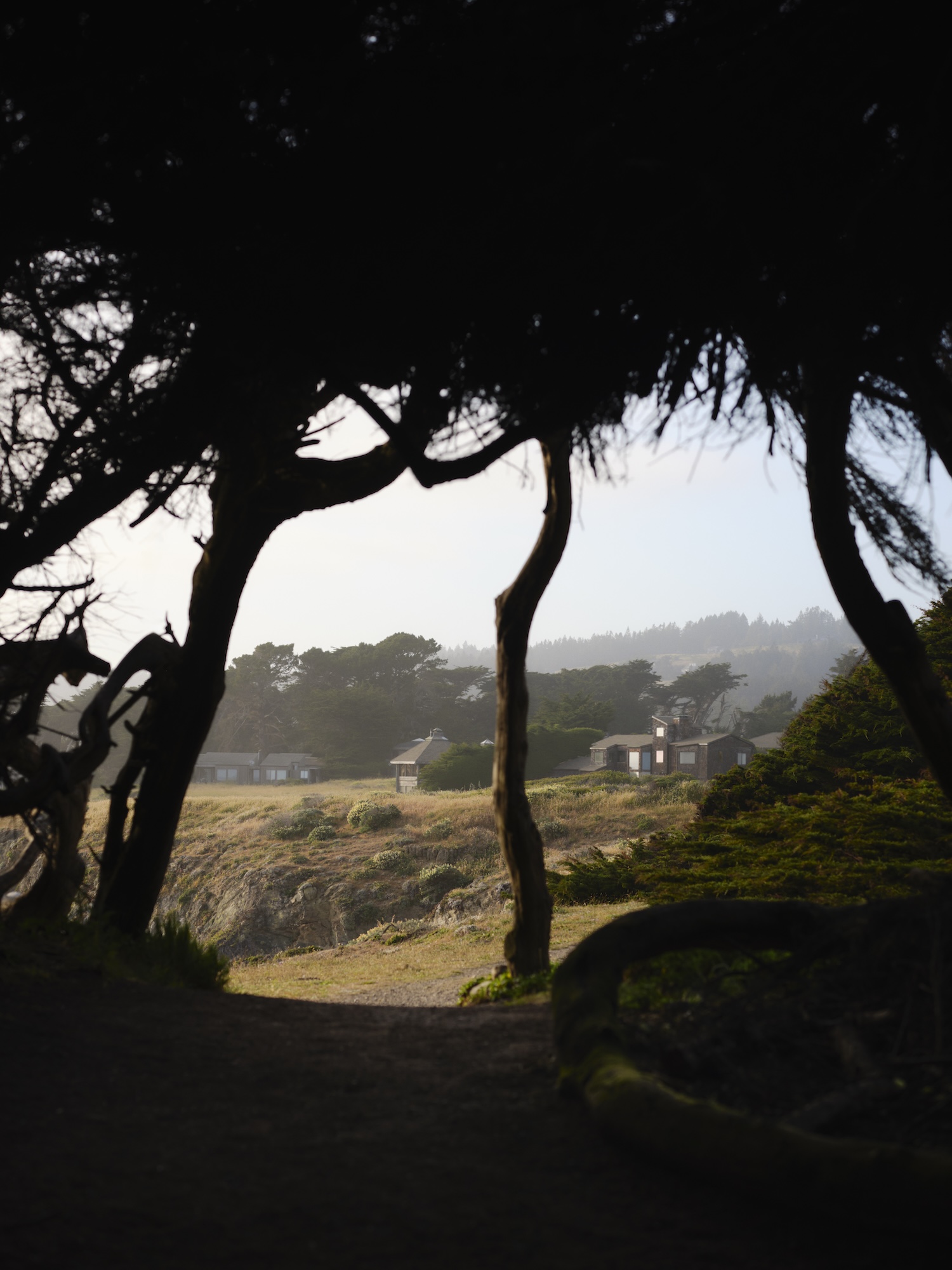
"A map of the world that does not include Utopia is not worth even glancing at, for it leaves out the one country at which Humanity is always landing."
—Oscar Wilde,
The Soul of Man Under Socialism
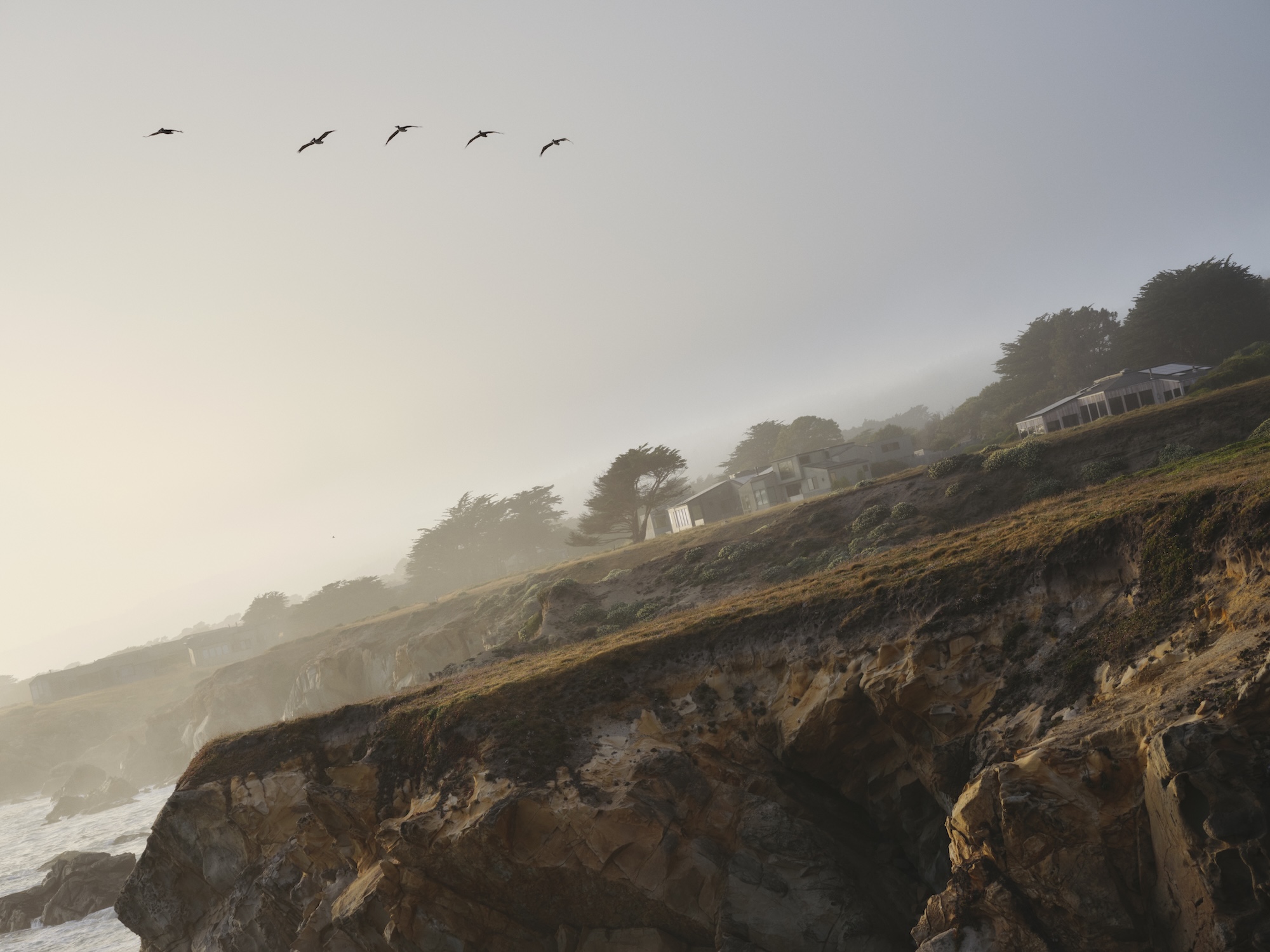
If you could imagine a place with distinct principles—one that motivates you to dwell in harmony with the land, where resources are balanced and social equity is upheld, where communal spaces shared with neighbors are designated specifically for respite, you would be dreaming of a utopia. In ancient Greek, utopia (Ουτοπία) translates to no place. It doesn’t exist—because it can’t. And yetI’m fascinated by the idea. The idealism required for utopia is a soaring feat, but it feels entirely necessary for the fabric of our society. I believe that the developers of Sea Ranch, with their storied 14 principles, understood this. A place on earth that does not strive for a different—if not greater—way of being is not worth living in.
But who gets to decide what principles are sound? Did Frank Lloyd Wright’s Broadacre City plan get it right? Was it Henry Ford’s version of American industrialism? Or is it our intrinsic feeling that we must abide by a certain homeostasis—a tendency toward a relatively stable equilibrium between ourselves and the natural world—to feel pure peace? Maybe it’s not a utopia that we need, but the optimism that comes with the daydream.
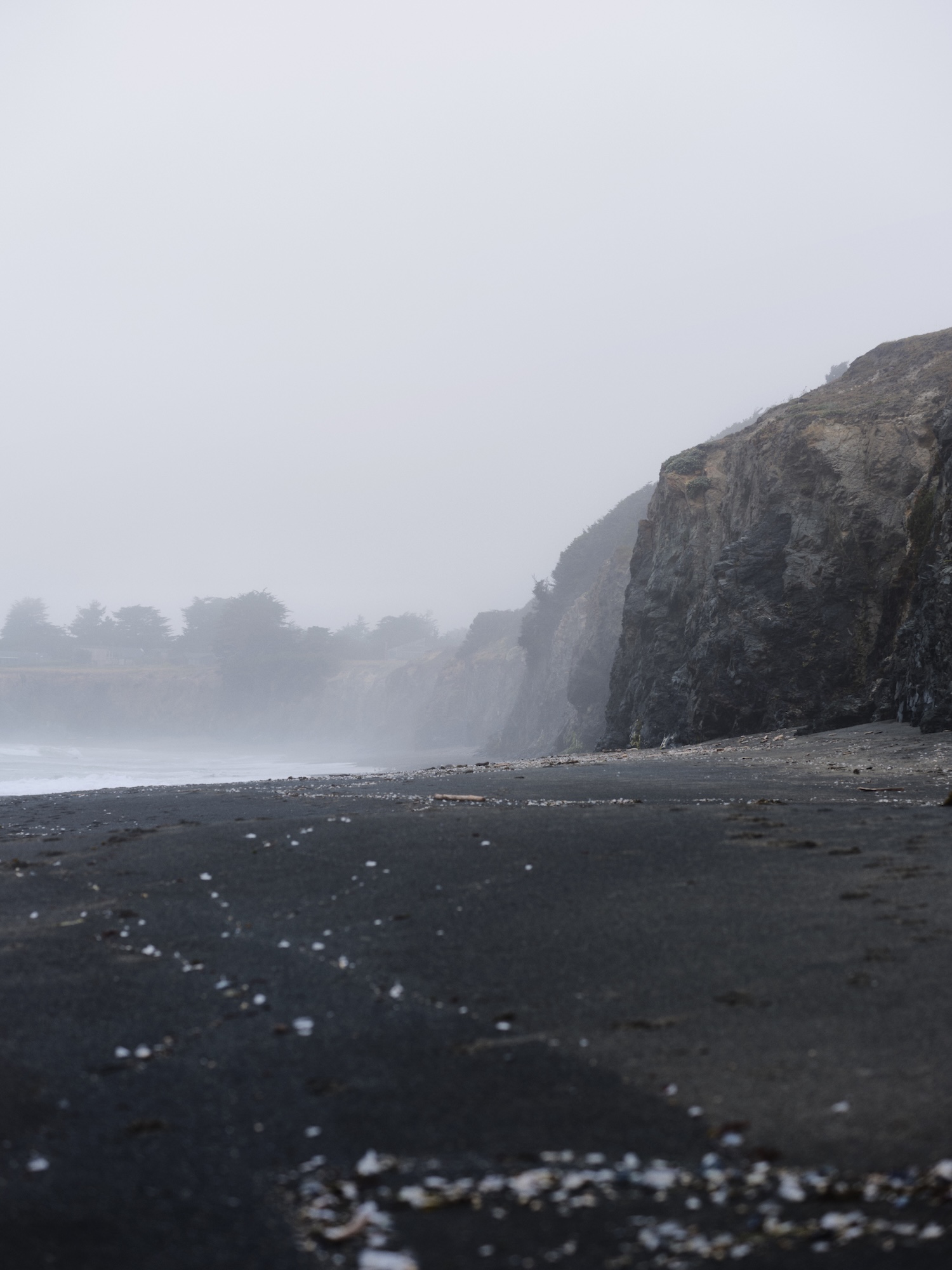
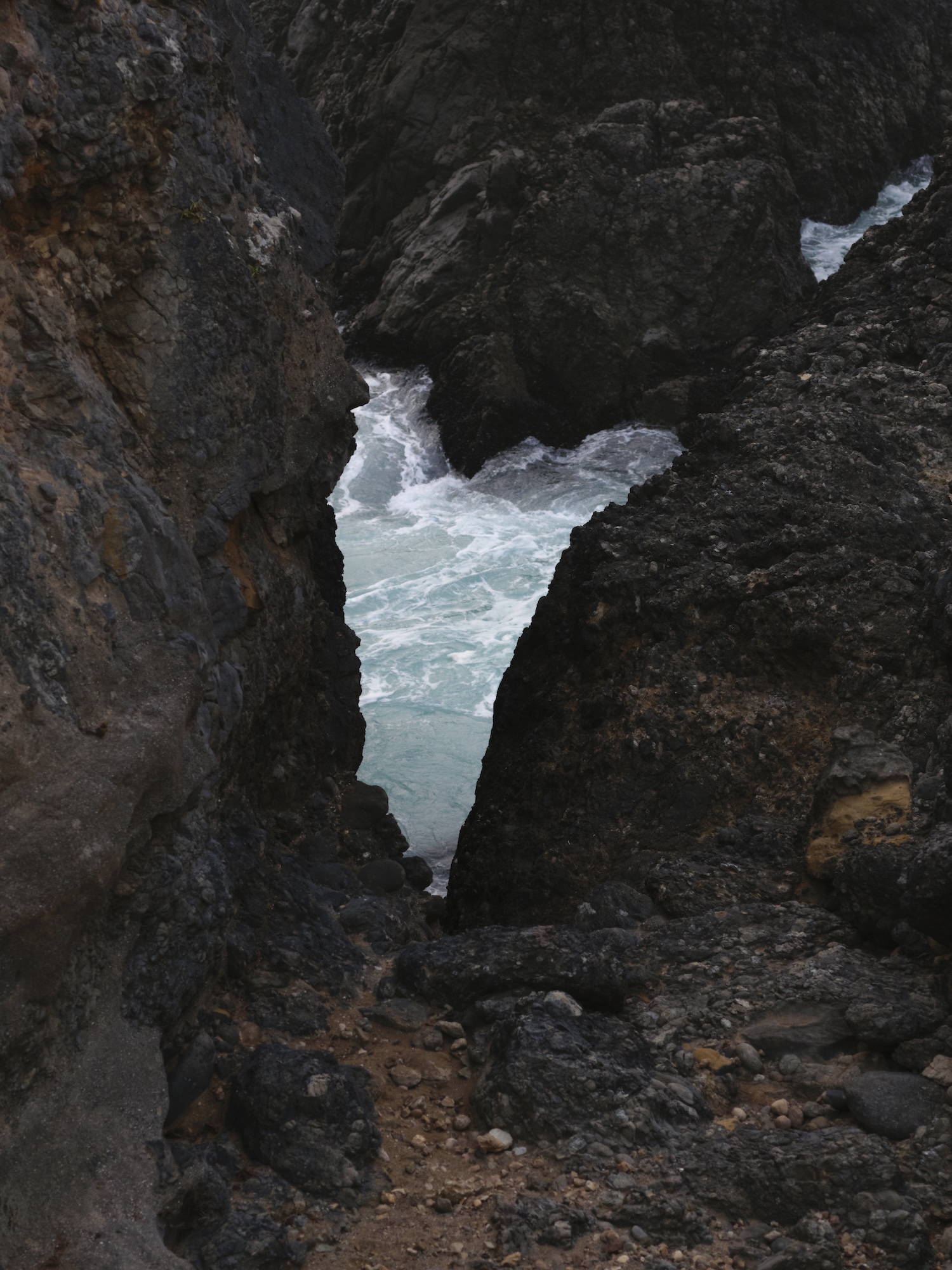
Sea Ranch, as we see it today, began as a dream in the early ‘60s. Development began in 1964, led by Al Boeke and a group of influential architectural designers including Charles Moore, Joseph Esherick, Donlyn Lyneon, Richard Whitaker, and William Turnbull Jr., alongside landscape architect Lawrence Halprin and graphic designer Barbara Stauffacher Solomon. A former sheep ranch—once home to the Pomo people and later transformed by ranching and logging—the shelf of land we know today bears visible changes. Hedgerows, planted to protect livestock from unforgiving winds, punctuate a vast stretch of meadows. Nestled against these are clusters of homes.
Foremost among these are the original Hedgerow Homes. Designed by Esherick, these structures are architectural exemplars that continue to define the Sea Ranch vernacular. Walk north from the Sea Ranch Lodge to the first ridgeline of Monterey cypress, and you’ll notice a peppering of shingle-clad homes, each strategically sited for optimal views without obstructing those of its neighbors. This sensitivity to siting extends to Condominium One: modular, compact, with its own line of sight. Douglas Fir and redwood dominate the original material palette.

These design choices are never superfluous. They are led by the demands of their setting. Rooflines mimick the slope of the cliffs to deflect headwinds, while the spacing between structures allows the land to breathe. The muted hues of natural materials dress the homes.
When arriving at Sea Ranch, the sensation of its presence is immediate. Wind-warped hedgerows,jagged cliffs of limestone, fine-grain black sand beaches. A face towards the uncompromising edge of the mass of the Pacific. A blanket of morning fog chilled the nape of my neck as I walked along the sea way path, passing through portals of cypress and out onto new plains. Visiting during the first week of June, I wasn’t prepared for the intensity in the sky as I meandered between homes and around cul-de-sacs. My camera almost blew out of my hands. I stood on the brink of Black Point Beach, watching a couple play fetch with their golden-haired spaniel below. My eyes began to water—perhaps from emotion, perhaps from the wind.

In some ways I see what Sea Ranch wanted to be realized as: an ecology. The architecture is merely a byproduct of socio-sensitivity and the demands of nature. It feels like a living, breathing organism, demanding that you meet it eye-to-eye. I was caught in the exhale. And despite the dynamism, I felt at peace. High on that cliff above the beach, I was completely alone with the atmosphere. I walked along the coast and disappeared into the mist. Sea Ranch, as an organism, absorbs you. It’s not so frightening a feeling.
Paolo Soleri’s theories of an “arcology”—a marriage of ecology and architecture—emerged within a decade of Sea Ranch’s founding. His vision, too, suggested that settlements must be shaped by the forces that sustain them. In that light, perhaps the forward-thinkers at Sea Ranch in the ‘60s represent an expression of the same marriage.

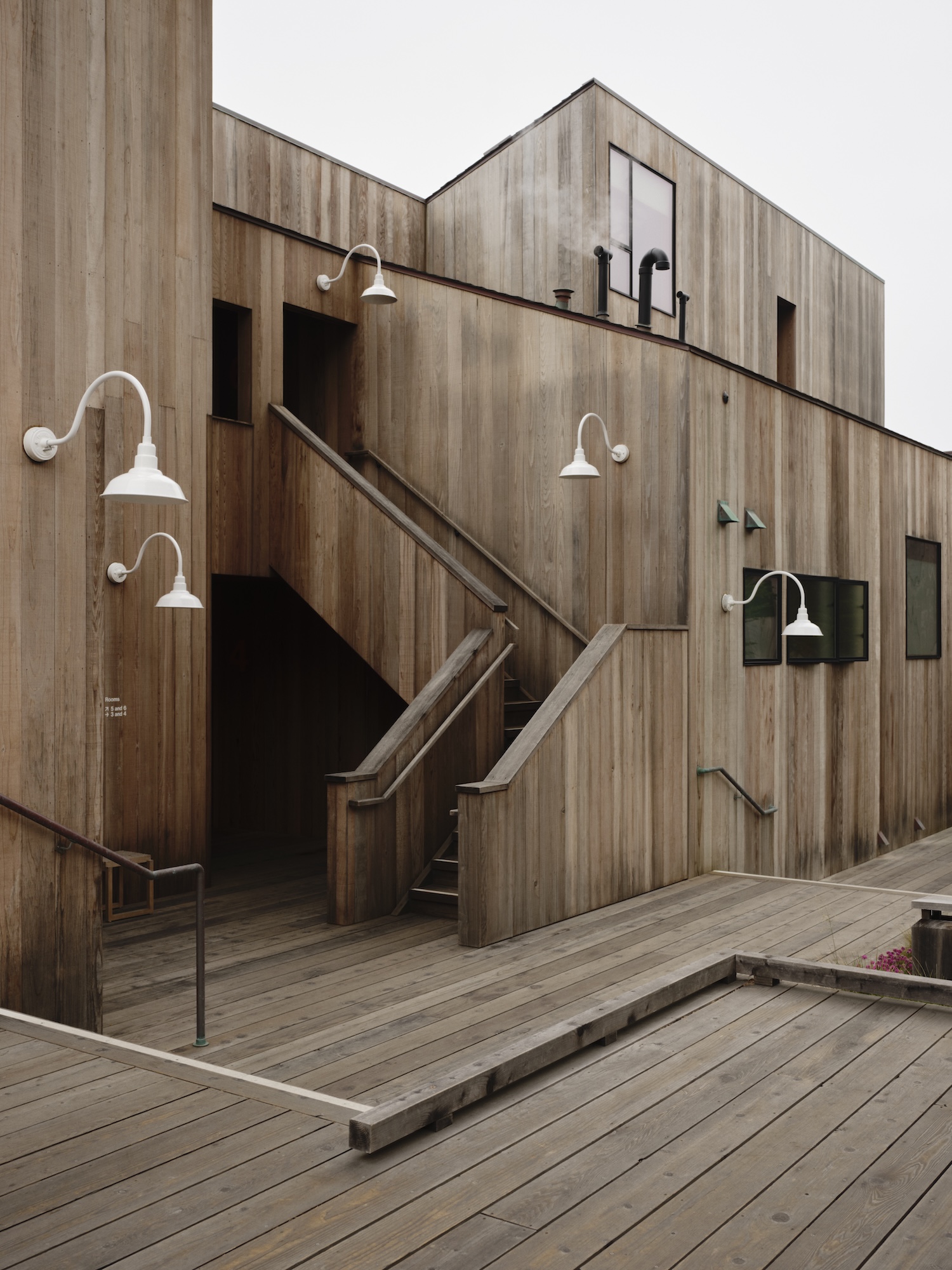
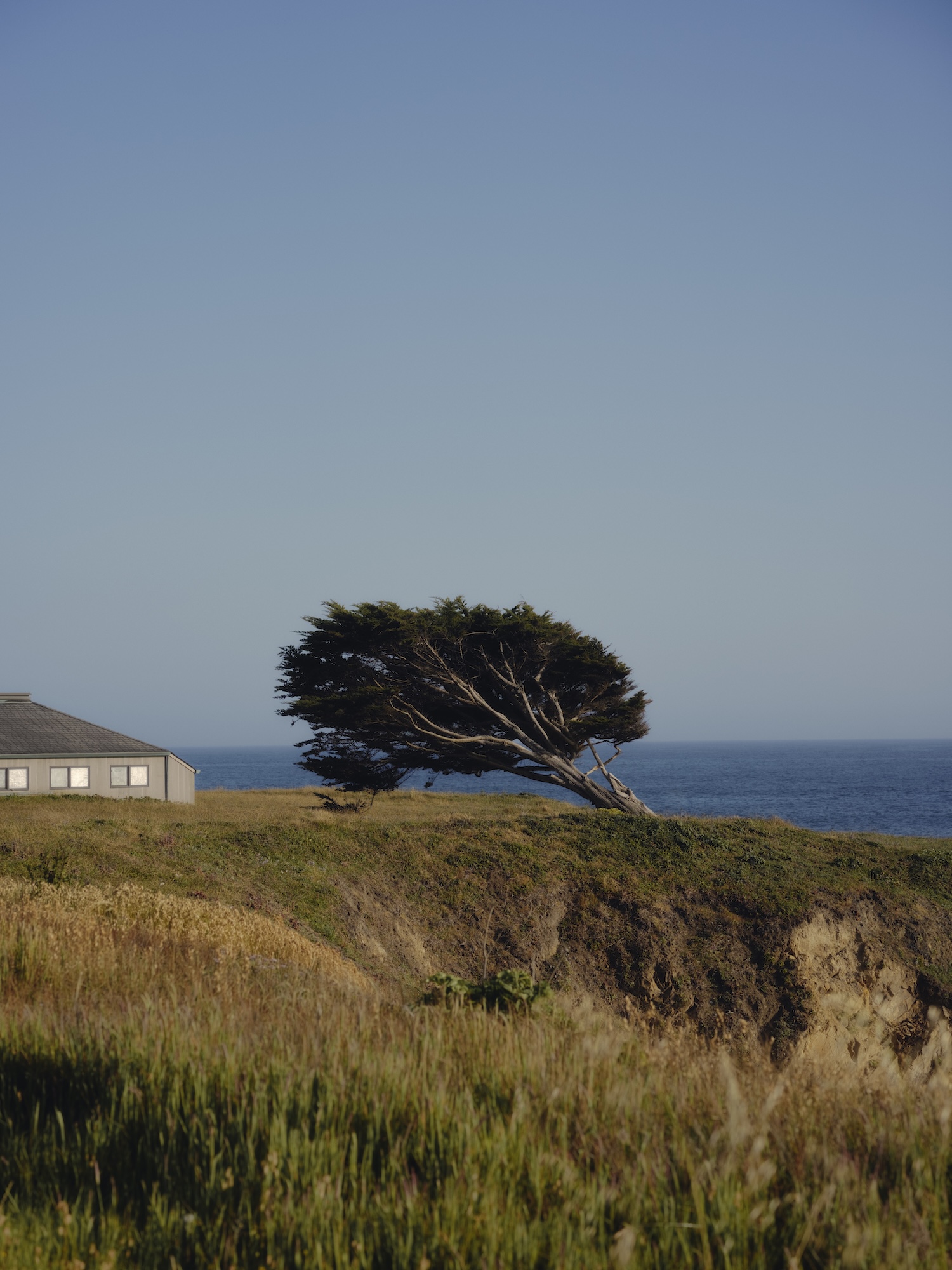
After all, things are meant to evolve. Things are meant to decay. The redwood is supposed to silver in the salt air. The hedgerows should grow into a thickened wooden entanglement. And development continues. But would it be bold to say that some parts of the world aren’t meant to be overdeveloped? When such natural wonders are gifted to us, why can’t we let live, as is? California’s topographic palette is a prime example. What would it look like to show restraint and reverence for our meadows, mountains and seaboards?
Sea Ranch today is witnessing a new surge of construction—many of the builds large in scale, with expansive footprints and colossal walls of glass. What began as a vision for an inclusive, socio-economically diverse community now finds its median home priced between $1-3 million, with even undeveloped half-acre lots approaching $500,000. In many ways, this feels far from the founders’ original 14 principles. Beautiful, yes— but I wonder if the ethos of the ‘60s is beginning to slip away from us.
“Utopia’s never going to work,” said Reverdy Johnson, Sea Ranch’s official attorney during its formative years, in SFMOMA’s 2019 film The Sea Ranch: Architecture, Environment, and Idealism. “You like to get close to it, but you can’t be upset that you didn’t get there.”1 And yet I believe that utopian pulse is present—perhaps slower after 60 years, but still palpable. The original vision of Sea Ranch is not as far away as we might believe it to be. Its spirit persists.
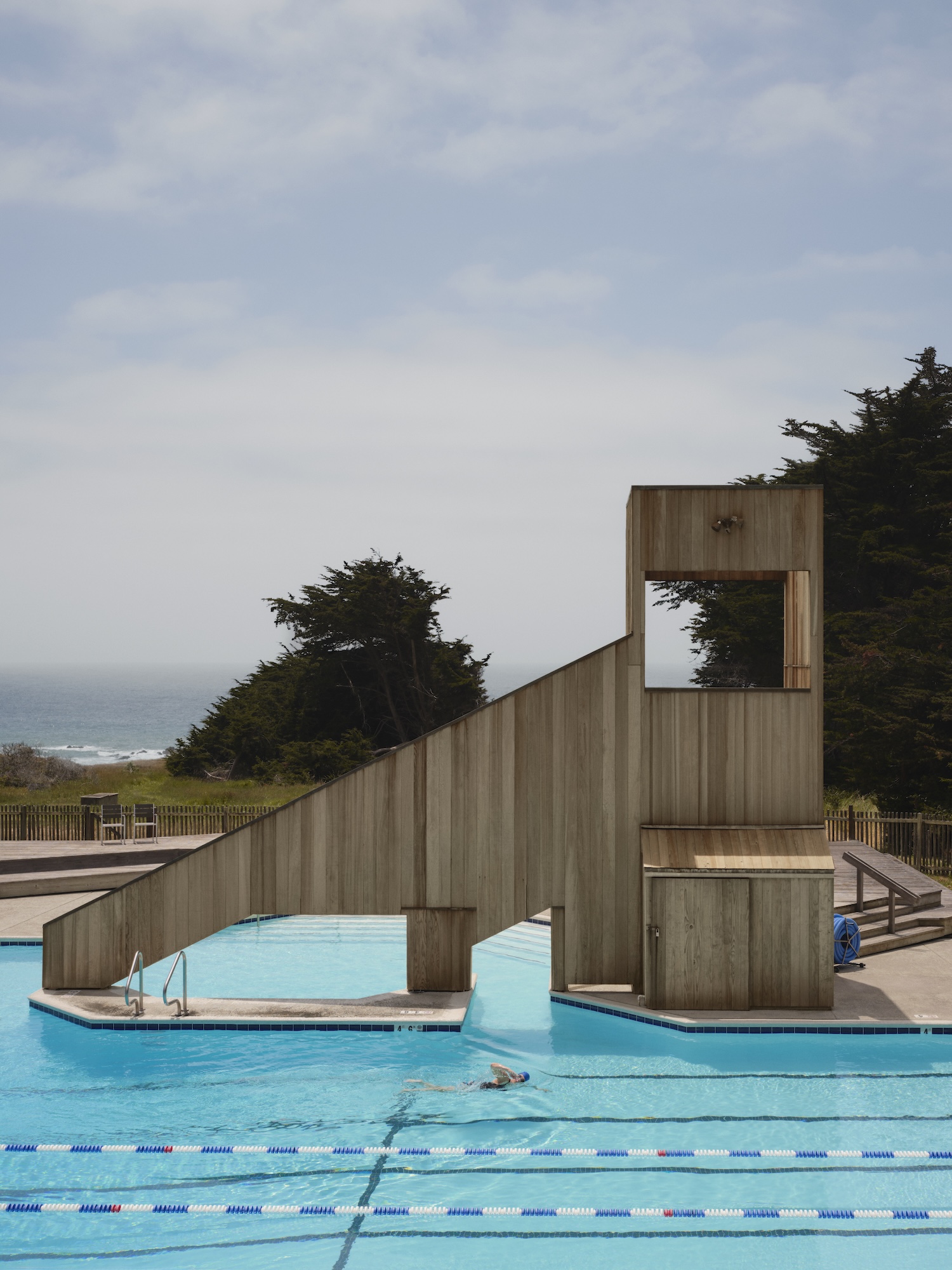
Text and images published in The Panafold Issue 03
